Understanding Site Reliability Engineering (SRE) principles significantly enhances the capabilities of an Azure DevOps Engineer by providing a structured approach to building highly reliable, scalable, and efficient systems. SRE emphasizes the application of software engineering practices to infrastructure and operations problems, which aligns closely with DevOps philosophies.
Key ways SRE knowledge boosts an Azure DevOps Engineer’s effectiveness include:
- Improved system reliability: SRE principles promote the use of Service Level Objectives (SLOs), Service Level Agreements (SLAs), and error budgets. This helps engineers prioritize work that reduces downtime and improves system resilience.
- Automation of operations: SRE encourages automation of manual operational tasks, such as incident response, deployment, and scaling, leveraging scripting, Azure Automation, and Infrastructure as Code (IaC) tools like ARM templates or Terraform.
- Proactive monitoring and alerting: With a focus on observability, SRE advocates for comprehensive monitoring, logging, and analytics to detect issues early, reduce mean time to recovery (MTTR), and prevent outages.
- Resilience through chaos engineering: Implementing chaos engineering practices allows engineers to test system robustness under failure conditions, leading to more resilient architectures in Azure environments.
- Continuous improvement culture: SRE promotes blameless post-mortems and continuous learning, fostering a culture of ongoing improvements in deployment processes, automation, and system architecture.
By integrating SRE principles, Azure DevOps Engineers can develop more reliable release pipelines, implement better incident management, and design systems that meet stringent operational standards. This combination of DevOps and SRE practices results in higher service availability, improved customer satisfaction, and more efficient use of resources.


